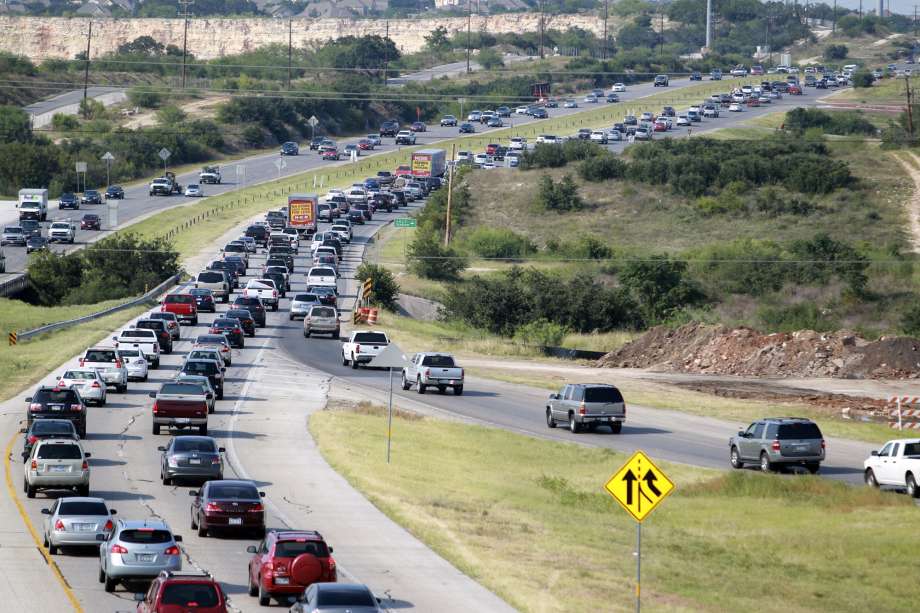Natural resources and environmental sustainability
Air
Chief among our environmental concerns is the impact of human actions and choices on the atmosphere. With the emergence of the industrial age, human activity began to release increasing amounts of pollutants, carbon dioxide and other harmful gases into the atmosphere, largely through burning fossil fuels and deforestation. The elevated levels of harmful gases and pollutants create two key concerns: compromised local air quality and a global “greenhouse” effect that has resulted in changing the Earth’s atmosphere.
Air quality in San Antonio has been steadily getting worse for several years, climbing to 81 parts per billion in 2013 from the baseline of 75 parts per billion in 2010. This number declined slightly in 2014 to 80 parts per billion, but we are still significantly off target from our goal of 68 parts per billion by 2020. To comply with federal policy on air quality, which was put in place to protect the environment and community health, we must be more proactive about local solutions and incentives to improve air quality.
Good air quality in San Antonio contributes to good health, which benefits families and businesses (in terms of fewer sick days). While air quality is a regional issue addressed by State and regional regulatory agencies, the City has an obligation to contribute to regional efforts to improve air quality. The City’s Air Pollution Program monitors the ambient air in San Antonio and we maintain and enforce a pollution control ordinance. The program monitors for particulate matter 2.5 microns in size (PM2.5) and particulate matter 10 microns in size (PM10). These small particles could cause respiratory problems for small children, the elderly and the general public. The program also operates and maintains an ozone monitor located at Calaveras Lake for the Texas Commission on Environmental Quality (TCEQ).
How we design the built environment can have a significant effect on our air quality. Since motor vehicles are a major air pollution source, urban designs that decrease private automobile use could improve air quality and decrease air pollution related health risks. The City’s plans to meet and exceed state and federal air quality standards rely on control measures that reduce emissions associated with transportation facilities.
These measures include any program to reduce vehicle trips and miles traveled, to increase average vehicle ridership, or to reduce direct emissions from vehicle activity. San Antonio’s sustainability planning work has also included considerations of its transportation and land use networks. The challenge moving forward is to persuade San Antonio residents to drive less. To do that, we must change the way we plan, develop and manage our communities to make it easier and more attractive for people to use transit, bicycle or walk.
